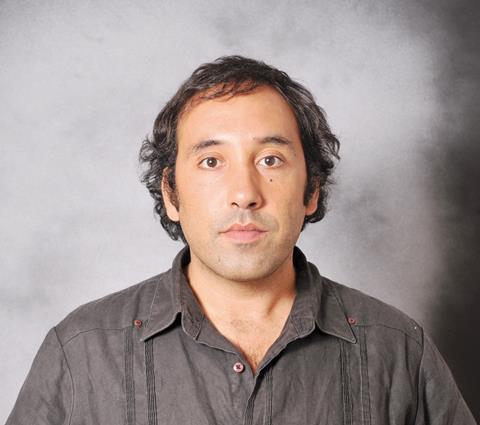The Argentina-born Panamanian resident and journalist talks about his documentary ahead of its world premiere at IFF Panama on Sunday April 10.

Time To Love chronicles the build-up to Central America’s first theatrical production featuring performers with Down syndrome, which took place in Panama in 2014.
Where did the idea for your film come from?
The truth is I never had any relationship with people with Down syndrome, until I met the twins who appear in the documentary, who are sisters of a friend, two amazing characters. When they told me they were going to act in a commercial theatre, I knew right away that there was an extraordinary adventure ahead, ie. a film.
It’s only once you surrender that you realise it’s all about overcoming your fears and prejudices. When you spend time with them you forget about the Down syndrome. You bridge the gap and suddenly the world is much better because there is trust, friendship and joy, really, without hypocrisy, in an absolute sense. Sometimes so much freedom overwhelms and intimidates. During staging we try to respect that process from strangeness and doubts to fascination.
What do you hope people take away from it?
That the only condition is to dare to work for what you believe in, whether you live with a disability or not. I would like it if it helps the public to call into question their prejudices. And I would like to draw the government’s attention: there is a lack of specialists for the therapies the kids need, lack of inclusive educational structures, lack of vocational integration. The social model of maldistribution of wealth is somehow replicated: arguably, the level of development of each child is bound to the economic possibilities of their parents. The state fails to equate things. And then, there is discrimination. Above all, those who do not have Down syndrome need to be educated. But between you and me, I would be happy if you have a good time watching the 69 minute-long documentary.
What is the budget?
U$S 50,000
Where did the financing come from?
Panamanian foundations and private companies.
Where and when did you shoot?
We recorded in Panama between April and December 2014.
Who are your influences?
Especially the people with whom I worked before, such as Glenn Ellis – we made together two documentaries for Al Jazeera International – and Abner Benaim, with whom I made a series of ten documentaries for Panamanian TV. And friends that are film-makers, such as Ana Endara and Victor Mares. I could give you a long list of my favourite directors and screenwriters but that does not mean that there is any of their talent in my work. So I’d rather avoid the glittering names.
Where did you train or study film?
Every film is a school for me. I am a journalist and I come from Latin American non-fiction writing. I am transitioning from word to image in a slow and complex process. I think the non-fiction is to literature what documentary is to cinema and that revelation is at the intersection of genres.
What is the film industry infrastructure like in Panama?
I think it’s very different depending on the project and who is making it. Every director develops their film with great effort, with more or less support from government and broadcasters. I don’t think even that one can speak of the industry. However, we are living a fascinating time, because structures that allow directors greater opportunities are being created and strengthened.






![The Brightest SunScreen[Courtesy HKIFF]](https://d1nslcd7m2225b.cloudfront.net/Pictures/274x183/3/5/0/1448350_thebrightestsunscreencourtesyhkiff_312678.jpg)


















No comments yet